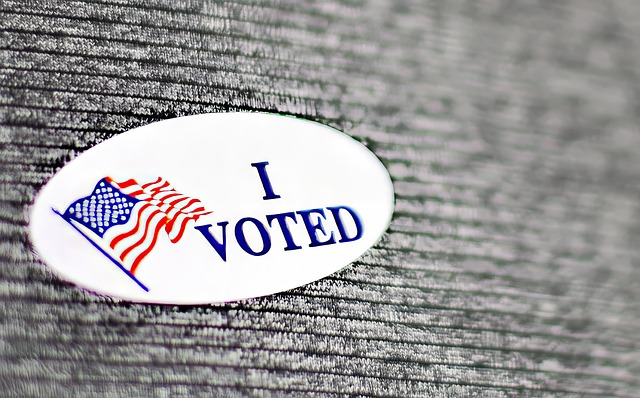
Unicode Characters
Introduction to Unicode Characters
Unicode is a universal character encoding standard that allows computers to represent and manipulate text from various writing systems. It encompasses a wide range of characters, symbols, and emojis, facilitating communication across different languages and platforms. Understanding Unicode is essential for developers, linguists, and anyone dealing with digital text.
What is Unicode?
Unicode provides a unique number for every character, regardless of the platform, program, or language. This system ensures that text appears consistently across different devices and applications. The latest version, Unicode 17.0, includes over 1.1 million characters from various scripts, including Latin, Cyrillic, Arabic, and many others.
Character Sets and Encoding
Unicode supports multiple character sets, with the most common being UTF-8, UTF-16, and UTF-32. Each of these encodings represents characters differently:
- UTF-8: A variable-length encoding that uses one to four bytes for each character. It is backward compatible with ASCII, making it widely used on the web.
- UTF-16: This encoding uses one or two 16-bit code units for each character, making it suitable for languages with large character sets.
- UTF-32: A fixed-length encoding that uses four bytes for every character, allowing for straightforward character indexing but at the cost of increased storage.
Categories of Unicode Characters
Unicode characters are classified into various categories, including:
- Letters: These include uppercase and lowercase letters from different alphabets.
- Numbers: Unicode supports various numeral systems, including Arabic, Roman, and others.
- Punctuation: This category includes standard punctuation marks, such as commas, periods, and question marks.
- Symbols: A vast range of symbols, including mathematical signs, currency symbols, and emojis.
Using Unicode in Programming
When programming, using Unicode is crucial for ensuring that applications can handle text in multiple languages. Developers can reference Unicode characters using numeric character references or character entity references. For example, the Unicode code point for the letter 'A' is U+0041. In HTML, it can be represented as A or &A;.
Common Misconceptions
There are several misconceptions regarding Unicode:
- Unicode is the same as ASCII: While ASCII is a subset of Unicode, Unicode encompasses a far broader range of characters.
- All characters are visible: Some Unicode characters are non-printing, such as control characters used for formatting.
- Unicode is only for text: Unicode also includes symbols and emojis, expanding its use beyond traditional text.
Conclusion
Understanding Unicode characters is vital in today's digital landscape. It ensures that text is represented accurately across different platforms and languages. As globalization continues to expand, the importance of Unicode in facilitating communication cannot be overstated. By mastering Unicode, individuals and organizations can enhance their digital interactions and ensure inclusivity in communication.

















 The Rising Tide of Property Upkeep Costs in Australia
The Rising Tide of Property Upkeep Costs in Australia 
 Health
Health  Fitness
Fitness  Lifestyle
Lifestyle  Tech
Tech  Travel
Travel  Food
Food  Education
Education  Parenting
Parenting  Career & Work
Career & Work  Hobbies
Hobbies  Wellness
Wellness  Beauty
Beauty  Cars
Cars  Art
Art  Science
Science  Culture
Culture  Books
Books  Music
Music  Movies
Movies  Gaming
Gaming  Sports
Sports  Nature
Nature  Home & Garden
Home & Garden  Business & Finance
Business & Finance  Relationships
Relationships  Pets
Pets  Shopping
Shopping  Mindset & Inspiration
Mindset & Inspiration  Environment
Environment  Gadgets
Gadgets  Politics
Politics 